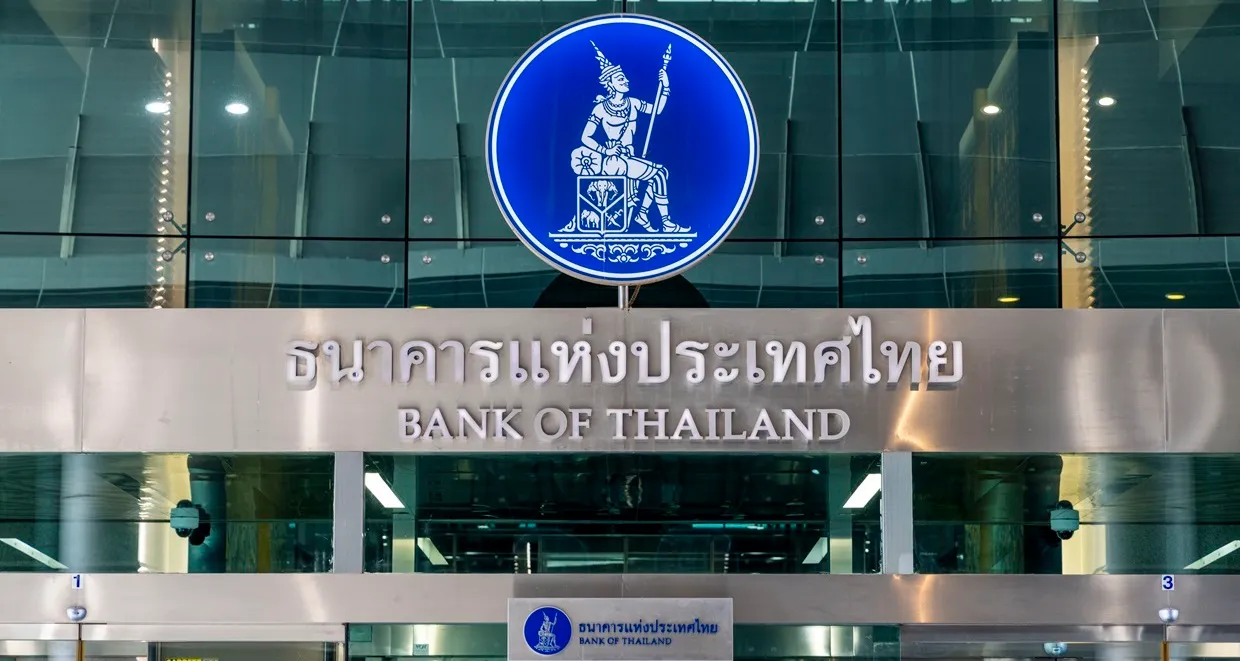August 27, 2025
Southeast Asia continues to recalibrate as the ripple effects of U.S. trade policy and global economic shifts reshape the region’s outlook. Recent minutes from the Bank of Thailand reveal a unanimous decision to cut the one-day repurchase rate by 25 basis points to a three-year low of 1.50%, marking the fourth reduction in ten months. This accommodative stance aims to cushion the slowing economy amid persistent U.S. tariffs and shrinking tourism. Despite the challenges, Thailand’s economy is projected to grow around 2.3% this year, dipping to 1.7% in 2026, still above expectations, even as trade imbalances and structural vulnerabilities weigh on longer-term competitiveness.
Meanwhile, Indonesia is moving ahead with diplomatic and trade maneuvers. The U.S. has now agreed in principle to exempt exports of palm oil, cocoa, and rubber from the 19% tariffs recently imposed—a significant win that could come to fruition once a formal agreement is reached. The discussions also include potential investment from the U.S. in Indonesia’s fuel storage infrastructure, linking to national development priorities through partnerships with state entities such as Danantra and Pertamina. Indonesia is optimistic this relief and ongoing talks, particularly with the EU, can help lift its economic growth toward 5.4% by 2026.
The broader trading environment remains complex. Asian manufacturing and factory output have begun to reflect the toll of U.S. trade uncertainty and tariff policy. Survey data show a noticeable slowdown in factory activity in China, Japan, and South Korea, underlining how export-reliant economies are being squeezed by sustained global pressure. Notably, figures for the Philippines and Vietnam buckled this trend, suggesting divergent impacts and reinforcing the importance of diversified trade networks.
For ASEAN businesses and policymakers, navigating this terrain means doubling down on regional integration and resilience. As the U.S.–ASEAN story continues to unfold, economic adaptability and strategic cooperation, not just reaction, will determine long-term outcomes. In this pivotal moment, the region’s strength lies in leveraging trade flexibility, diplomatic engagement, and economic diversification to turn external disruptions into strategic opportunities.
Reuters. (2025, August 27). Thai monetary policy should remain accommodative, central bank minutes show. https://www.reuters.com/world/asia-pacific/thai-monetary-policy-should-remain-accommodative-central-bank-minutes-show-2025-08-27/
Reuters. (2025, August 26). Indonesia says US agrees tariff exemption for its palm oil, cocoa and rubber. https://www.reuters.com/world/asia-pacific/indonesia-says-us-agrees-tariff-exemption-its-palm-oil-cocoa-rubber-2025-08-26/
Reuters. (2025, August 1). Global economy: Asia’s factory activity worsens as US trade uncertainty bites. https://www.reuters.com/world/china/global-economy-asias-factory-activity-worsens-us-trade-uncertainty-bites-2025-08-01/








